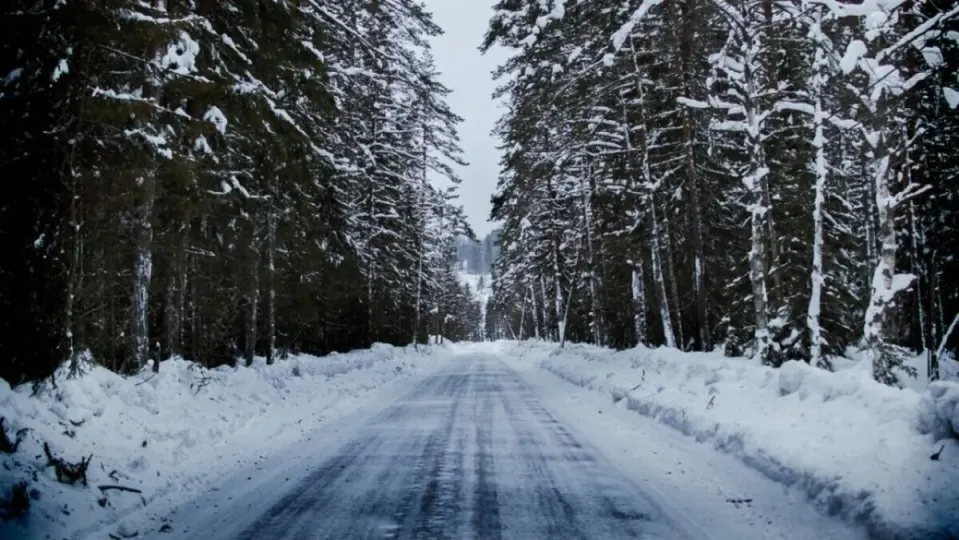How many times have we seen scenes on television of people with shovels in the street or throwing pounds of salt on the roads. Ice and snow are a real problem that can cease to be for mobility in cities and countries.
By incorporating a phase change material into concrete, researchers have created a self-heating material that can melt snow and ice for up to 10 hours without using salt or shovels.
The innovative material could reduce the need for plowing and salting and help preserve the integrity of road surfaces.
A problem that costs 2.3 billion dollars per year
According to the United States Department of Transportation (DOT), more than 70% of roads are located in snowy regions. The accumulation of snow and ice reduces road friction and vehicle maneuverability, causing drivers to reduce speed and increasing the risk of collisions. Snow-covered lanes and roads also reduce roadway capacity and increase travel time.
The US Department of Transportation states that local and state agencies spend over $2.3 billion annually on snow and ice control operations, in addition to the millions spent on repairing the damage caused to infrastructure by snow and ice.
Salt is often used before a snowfall to prevent ice formation, but highly concentrated saline solution can deteriorate concrete or asphalt. Additionally, when water seeps into the road and freezes, it expands, causing internal pressure and damaging the pavement.
In a new study, researchers from Drexel University in Pennsylvania (USA), a well-known “cold state”, present their self-heating concrete: a possible solution for snow-covered roads and the associated cost of cleaning and maintenance.
The “special material” used by the researchers is paraffin, a phase change material that releases heat when it transitions from a liquid state at room temperature to a solid state as temperatures drop. In a previous study, they tested phase change concrete in a thermally controlled laboratory environment, but in the current study, they tested it in real-time, under real-world conditions.
This is how the experiments were carried out
Two methods were used to incorporate paraffin into the concrete slabs. In the first one, the porous lightweight aggregates – small stones and pebbles that are added to give strength to the concrete – were immersed in liquid paraffin and absorbed it before mixing it with the concrete. In the second one, paraffin microcapsules were directly mixed with the concrete.
The researchers poured three slabs: two with different methods of incorporating paraffin and a third one that did not contain phase change material.
The three have been outdoors, next to a parking lot on the campus of Drexel University, since December 2021. In the first two years, they were exposed to 32 freeze-thaw events where the temperature dropped below freezing, regardless of precipitation (i.e. rain, drizzle, snow, sleet, or hail), and exposed to five snowfalls of one inch or more.
The ability to melt snow and ice from the 76 cm by 76 cm plates was controlled with cameras and thermal sensors. Researchers found that the phase change concrete maintained a surface temperature of 5.6 °C to 12.8 °C for 10 hours when the air temperature was below freezing. The heat produced was enough to melt a couple of centimeters of snow at a rate of approximately a quarter of an inch per hour.
Researchers claim that the ability to prevent a concrete surface from dropping below the freezing point will help prevent its deterioration.
Researchers also observed that the slabs were less effective in case of snow accumulation of more than five centimeters. And if the phase change material did not have the opportunity to “recharge” by heating enough to return to its liquid state between freeze-thaw cycles or snowfalls, its performance could decrease.
They plan to continue collecting data to evaluate the long-term effectiveness of the slabs and study how the incorporation of phase change materials can extend the lifespan of concrete.


